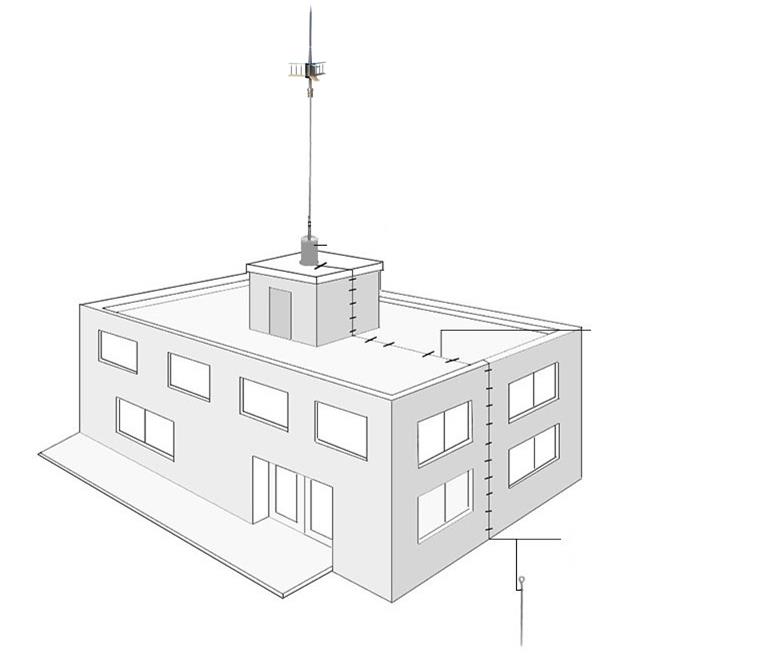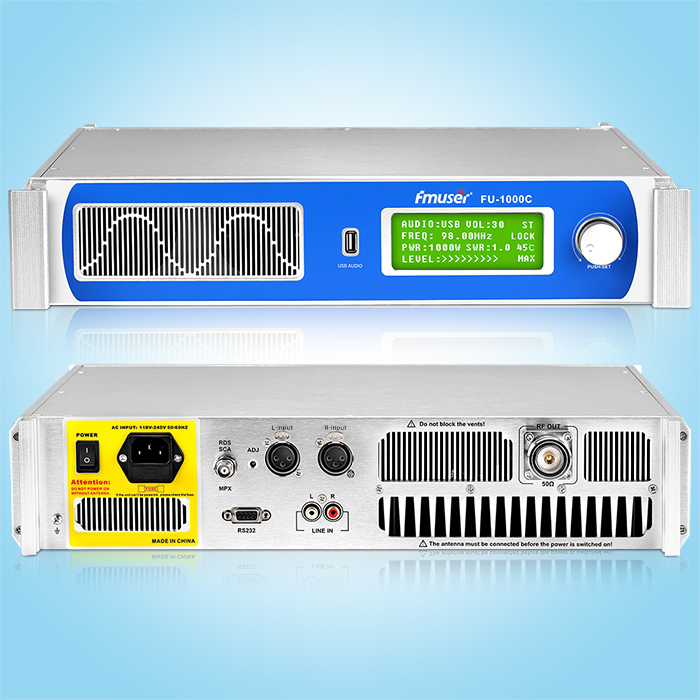One of the main challenges of battery-supplied networked devices is autonomous. A larger battery capacity, longer battery life, and battery volume cannot be increased, and there are more and more demand. For example, some wearable devices may be medical implants, which cannot use bulky batteries. Battery technology is considering this increasing demand by utilizing energy collection.
For devices with smaller dimensions, such as a smaller Internet of Things (IoT) equipment, energy collection has an unimaginable advantage. These small devices typically only require small current, collecting energy from various sources may be a very value of design.
Can wear medical solution
Derivative equipment for medical purposes is typically used to detect, store, and transmit real-time ergonomics (such as heart rate, oxygen saturation, breathing rate) to report the critical exceeding standard of certain key indicators. According to the "Delicious Techniques" in Clinical and Consumer Health, published by Frost & Sullivan, the wearable equipment market in 2020 global medical fields will reach 18.9 billion US dollars.
The energy collection solution has been designed as a secondary power supply for a battery, or a separate power supply that is not permanently used without the energy consumption. However, energy collection is also considered to be unreliable energy sources, as the availability of energy changes significantly over time depending on the changes in environmental conditions. Therefore, energy collection sources such as vibration, heat or solar energy can be used in combination with the rechargeable battery.
Friction electric effect
The frictional power is a process of generating surface charge when two different materials are in contact and separation. During its contact, each material produces a very opposite charge. In recent years, progress has been made in developing frictional energy collection systems, such as friction electric nangers (TENG). The most basic components needed by these systems include: at least two layers of friction electric material, physical isolation between them, for collecting electrodes of electrical energy, and regulating circuits for maximizing collection efficiency (Fig. 1).
Figure 1: TENG adjustment circuit; T1 means that the switch is closed (energy is stored by the LC unit storage), and the T2 indicates that the switch is turned on (the energy is released by the LC unit).
As shown in Figure 1, the traditional DC-DC buck converter is coupled to the AC-DC buck conversion circuit in TENG. Diode D1, series inductor L, and capacitor C are added between the switches and load resistors R. Switches are not only used to maximize energy transmission, but also to send input buck to circuits. This switch can be implemented by a micropower voltage comparator with MOSFET to integrate self-management mechanisms.
Thermal energy
Thermal Collection refers to the process of capturing everywhere in the environment, or collects waste energy discharged from the engine, human body, and other sources and re-uses the process. The heat flow directly converted into electrical energy by SeeBeck can generate voltage and current by appropriately designed thermoelectric devices. Pn junction is the basic component of the thermoelectric generator (TEG), which consists of a P-type and N-type single structural thermoelectric material, and a plurality of PN junctions are connected to constitute a TEG.
If a plurality of PN is electrically, the thermal is parallel, a typical TEG module can be constructed, generating a voltage proportional to the thermal gradient. Thermoelectric or TEG power generation module has been used in a number of applications, such as spacecraft, which collects thermal energy released by the decay of the radioactive substance.
The emerging field of wearable medical electronics is also providing thermal electricity through the body temperature heating device, providing great potential for energy collection.
Vibration energy
Vibration energy collection is a related natural low level power supply generated by a rotary machine (such as an electric motor) or human motion, which can produce hundreds of micro wool or one milliwatt.
The piezoelectric sensor used by vibration energy is an asymmetric crystal. The lattice unit of this material has asymmetry, which can be established, i.e., by deforming the crystal, deforming the crystal.
However, in order to "adjust" the characteristics of the piezoelectric sensor, it is necessary to sufficiently understand the frequency distribution of the vibrating object and find its resonant frequency. For applications such as motors, vibration characteristics and resonant frequencies are well known. For other applications, it is necessary to fully understand that the vibration of the object is measured by the accelerometer, and the frequency characteristics are analyzed by the data obtained by the Fast Fourier Transform (FFT) to find the resonant frequency.
RF energy
RF wireless energy collection can provide longer battery life for portable devices. Electromagnetic waves come from various sources such as satellite stations, GSMs and wireless internet. The RF energy collecting system can capture electromagnetic energy and convert it to a available CC voltage, which is mainly arranged by antenna and rectifier circuit, and the rectifier circuit is used to convert RF power or alternating current (CA) to CC signals. Additional impedance matching network (IMN) is used to ensure maximum power transmission between RF and loads.
Power management
Power Management is especially important in small and wearable integrated systems, such as medical monitoring equipment, object tracking systems, and other applications requiring low configuration and cost-effective mobile computing solutions. The current trend is still using a supercapacitor, which provides a new method based on nanotechnology. Unlike the battery, the supercapacitor can charge in a few seconds and can withstand a near-unlimited charging cycle. The supercapacitor's energy density is higher than the standard capacitor, but is lower than the standard battery used in the Internet of Things system (Figure 2).
Figure 2: BestCap - BZ Series Super Capacitors. (Source: AVX)
The LTC3109 is a highly integrated DC / DC converter that is ideal for energy collection of shallow input voltage sources, such as TEG (thermoelectric generators) and thermopiles. Regardless of the polarity, it allows the input voltage up to 30 mV. When the input voltage source is unavailable, the storage capacitor (or battery) can be charged to power. Its shallow static current and high efficiency maximize the energy collection available in the application (Figure 3).
Figure 3: Typical application of LTC3109. (Source: Adi Company)
The MAX17710 is a complete energy charging system that can process poor signal sources, range from 1 μW to 100 mW. The device also includes a boost regulator circuit that can be charged from a 0.75 V (top). Another internal regulator protects the battery from overload. The output voltage supplied to the target application is adjusted by a adjustable regulator, which is adjustable, and the optional voltage is 3.3 V, 2.3 V or 1.8 V (Fig. 4).
Figure 4: Simplified MAX17710 working circuit. (Source: Maxim Integrated)
The SPV1050 is an IC of the semiconductor, which can be charged for any battery, including a thin film battery. Its power management is also suitable for photovoltaic cells and TEG acquisition sources because it covers the input voltage range of 75 mV to 18 V, ensuring high efficiency of buck-boosting and boost configuration (Figure 5).
Figure 5: SPV1050 principle block diagram.
The AEM40940 is an energy management subsystem that integrates with rectifier, extracts AC electricity from the environment RF wave, while the energy stores energy into the chargeable element and power supply system, which has two independent regulated voltages. With this device, the designer can extend the service life of various wearable devices (Figure 6).
Figure 6: The circuit layout of the AEM40940. (Source: e-peas semiconductors)
The AEM40940 collects up to 10 DBM available input power and integrates an ultra-low power consumption rectifier and a boost converter. Its configuration pins determine various mode of operation by setting the preset condition of the storage element.
Conclusion
The energy collected from various sources will be used to charge the supercapacitor and / or chargeable / thin film battery so that the constant energy source of the load can be actuated. However, the energy collection of AC or DC voltage must be converted to an appropriate DC level of analog and digital components. One of the main obstacles faced by electronic designers is that the choice of energy storage technology is limited. Microelectronics energy collection is opening up new applications, which will have a significant impact on the development of the Internet of Things.
Be
Article source network
Our other product:















